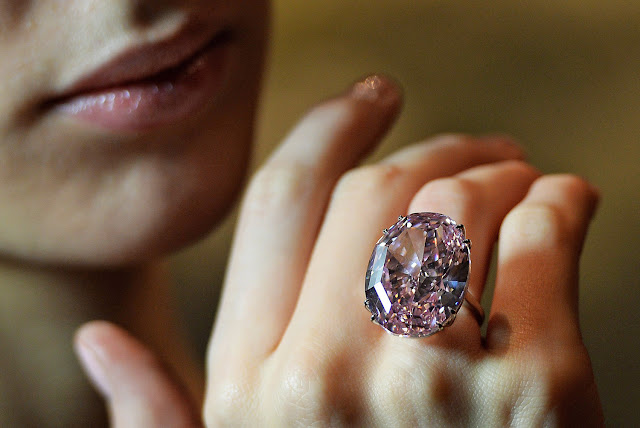In the small, quiet town of Ravenswood, nestled between dense forests and fog-laden hills, a haunting tale unfolded. The locals whispered of an old mansion atop a hill, shrouded in legends and surrounded by an air of malevolence. The mansion had long been abandoned, with its windows broken and its once-grand façade succumbing to the relentless march of time. However, the eerie stories surrounding it refused to fade away.
One gloomy evening, a group of adventurous teenagers decided to explore the infamous mansion. The friends, led by the intrepid Amy, had heard the tales of strange noises, flickering lights, and ghostly apparitions. Excitement mingled with trepidation as they approached the decaying structure, its silhouette looming against the darkening sky.
The front door, creaking on rusty hinges, reluctantly opened to reveal a cavernous foyer swallowed by shadows. The group stepped cautiously across the threshold, their footsteps echoing through the empty halls. Dust-covered furniture and faded wallpaper bore witness to the mansion's bygone opulence, now replaced by an oppressive atmosphere that sent shivers down their spines.
As the friends explored room after room, an unsettling feeling settled upon them. Whispers seemed to dance on the edge of hearing, and the air grew thick with an otherworldly presence. Amy, driven by a mix of curiosity and bravado, led the way to the mansion's grand ballroom.
To their astonishment, the ballroom, despite its state of decay, retained an otherworldly charm. Tattered curtains billowed in an unseen breeze, and a dilapidated chandelier swayed as if time itself had caught it in a perpetual dance. The group's unease gave way to a sense of awe and wonder, captivated by the haunting beauty that clung to the room.
In the centre of the ballroom, an antique music box lay atop a grand piano, its delicate melody cutting through the heavy silence. Amy, drawn to the enchanting tunes, approached the music box and delicately opened it. As the haunting melody filled the room, the friends were entranced by an inexplicable compulsion to dance.
They twirled and swayed, caught in the ethereal rhythm that seemed to transcend the decaying reality around them. The once-creaky floor became a ballroom dance floor, and the ghostly apparitions of a bygone era joined the spectral waltz. Shadows of elegantly dressed couples emerged, lost in the echo of a forgotten celebration.
As the music reached its crescendo, the friends found themselves in a trance, transported to a time when the mansion was alive with joy and laughter. But as quickly as the illusion began, it shattered. The music abruptly stopped, and the ballroom returned to its dilapidated state.
The friends, disoriented and bewildered, exchanged wide-eyed glances. The enchantment that had momentarily lifted their spirits now left them with a profound sense of foreboding. It was then that they noticed a series of portraits lining the walls, each depicting a couple frozen in time, their eyes hollow and faces etched with an eternal sorrow.
In the dim light, Amy discerned an inscription on the frame of one particular portrait. It read, "The Masquerade of Eternal Despair." A chill ran down her spine as realization dawned upon her. The mansion held a tragic secret, and the apparitions they had witnessed were trapped souls, forever reenacting the last moments of their joyous masquerade.
Determined to unveil the mystery, the friends delved deeper into the mansion's secrets. They discovered an old diary hidden beneath a dusty grand piano. Its fragile pages revealed the story of a love affair cut short by tragedy, a masquerade ball that turned into a night of sorrow, and a curse that bound the spirits to the mansion.
The diary spoke of a forbidden love between Eleanor, the daughter of the mansion's owner, and William, a servant who worked in the shadows. Their clandestine affair was discovered on the night of the grand masquerade ball, leading to a series of events that left the mansion cursed and the lovers forever bound to their final dance.
As the friends read through the diary, the mansion seemed to respond. Whispers intensified, and phantom footsteps echoed through the halls. Shadows flickered, and the air grew heavy with an ancient lament. The friends, now entwined with the tragic tale, were determined to break the curse and free the tormented souls.
Guided by the clues from the diary, they retraced the steps of Eleanor and William's ill-fated love. The friends uncovered hidden passages, secret rooms, and long-forgotten artifacts that bore witness to the tragedy that had unfolded within the mansion's walls.
As they approached the heart of the curse, the friends discovered an intricately carved mask that once belonged to William. The mask, when worn, transported them back to the night of the masquerade ball. They witnessed the events leading to the lovers' discovery, the ensuing chaos, and the curse that bound them to an eternal dance of despair.
Determined to alter the course of fate, the friends devised a plan to break the curse. With each twist and turn, they navigated through the haunted memories of the mansion, confronting the echoes of the tragic night. The atmosphere grew charged with both sorrow and hope as the friends approached the ballroom for the final act.
In the ballroom, they faced the apparitions of Eleanor and William, frozen in perpetual sorrow. The haunting melody began anew, but this time, the friends intervened. With the mask in hand, they donned it one by one, merging their presence with the spectral dancers.
In a moment of ethereal connection, the friends communicated their empathy and understanding to the tormented souls. The spirits, touched by the living, relinquished their hold on the mansion. As the music faded, the ballroom transformed one last time. The decay receded, and the grandeur of the masquerade ball was restored, bathed in a soft, forgiving light.
Eleanor and William, released from their eternal dance, shared a fleeting smile before vanishing into the unknown. The mansion, once plagued by a curse, stood silent. The friends, exhausted yet triumphant, emerged into the moonlit night, leaving Ravenswood and its haunted tales behind.
As dawn broke, the town of Ravenswood witnessed a subtle change. The mansion, once an imposing and malevolent presence, now stood as a testament to the friends' courage and compassion. The legend of the Spike Mansion, as it came to be known, became a tale of redemption and release, whispered through generations as a reminder of the transformative power of empathy and the eternal dance between sorrow and salvation.
















